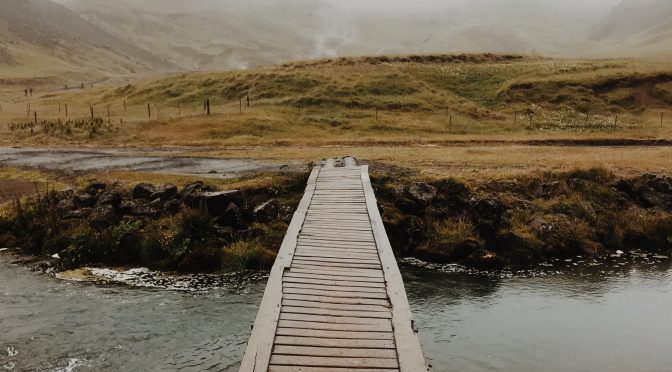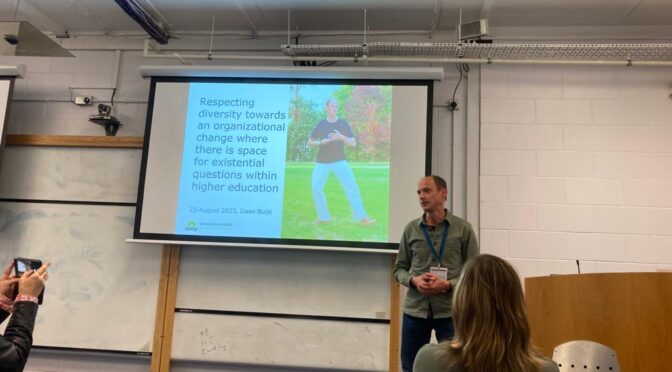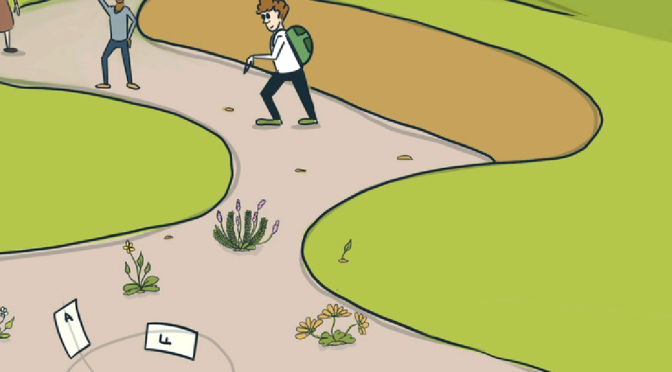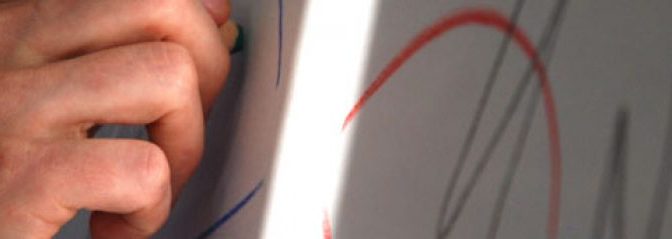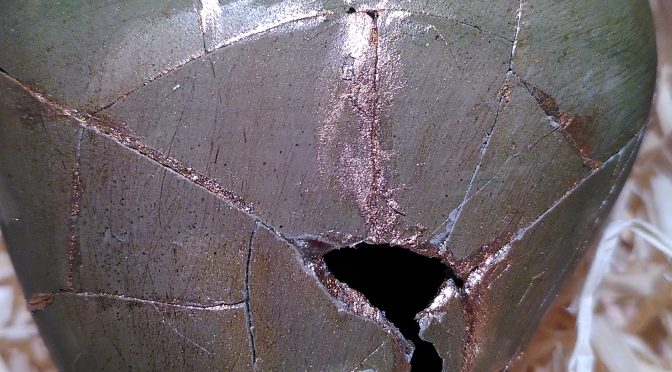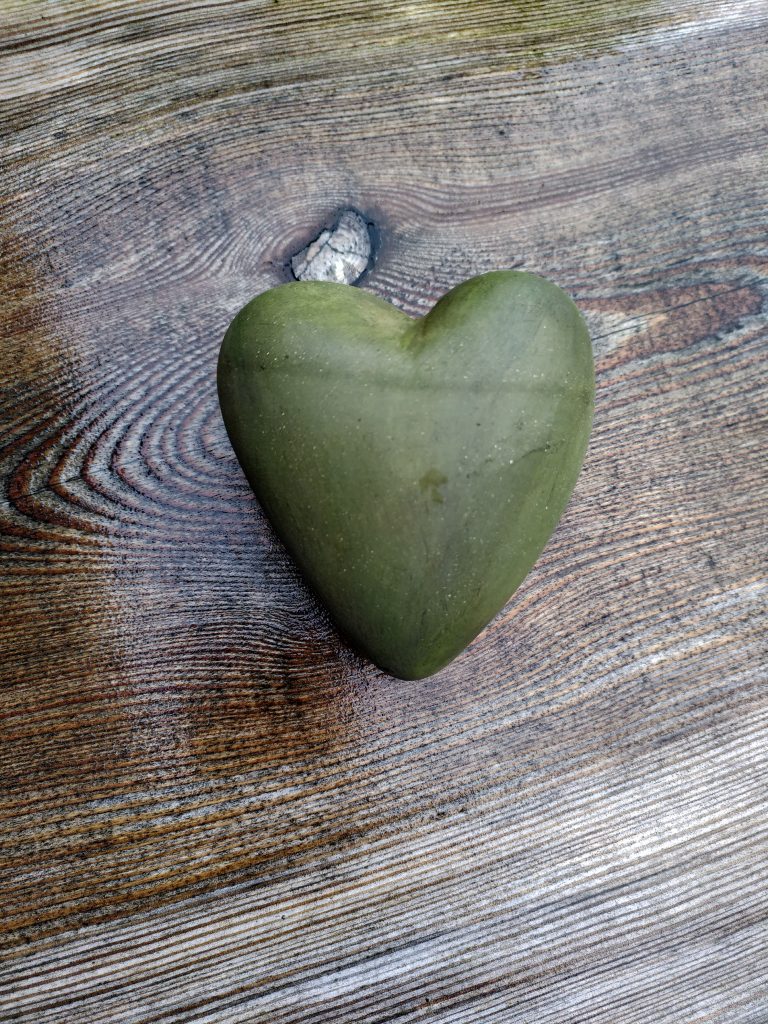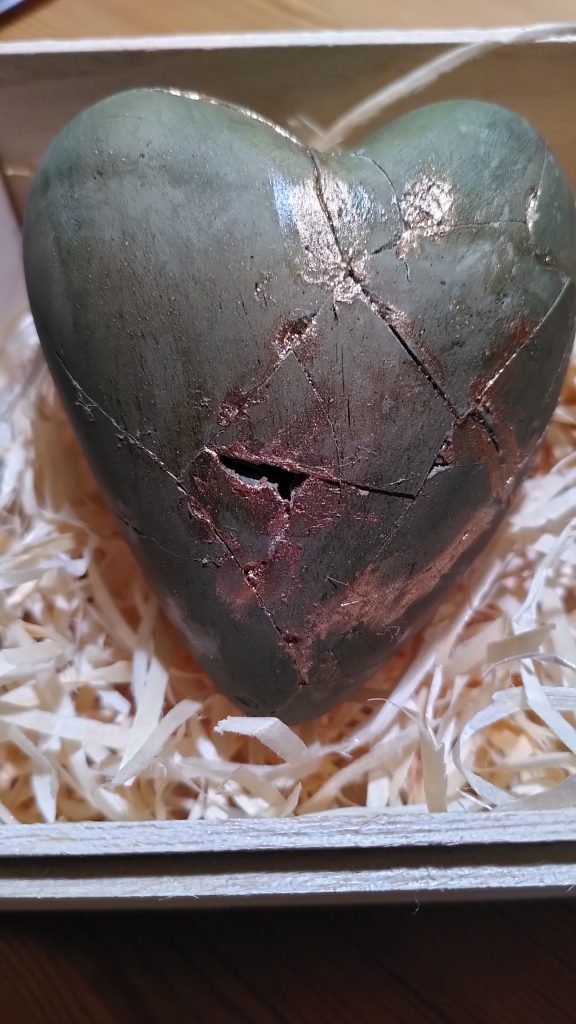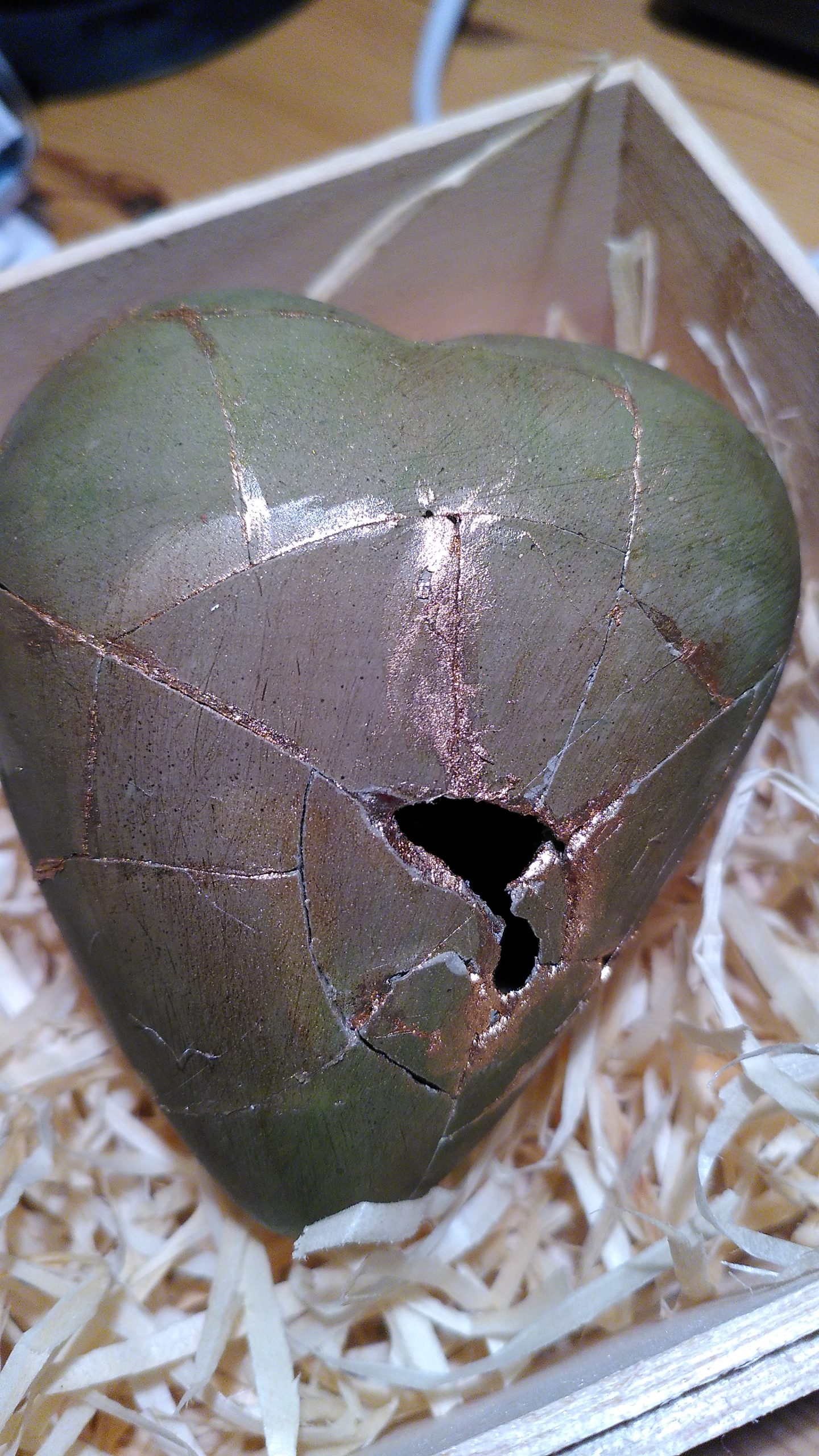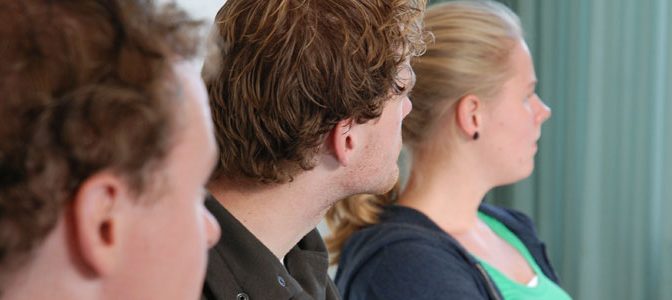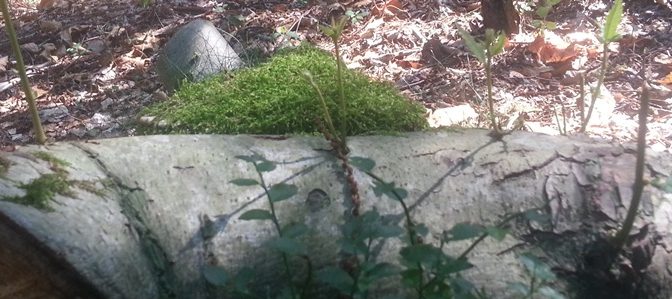In the preamble of my research, I was at a network meeting of one of my funding associations. It was here that I got the advice to read the book “Taking Appearance Seriously: The Dynamic Way of Seeing in Goethe and European Thought”, from Henry Bortoft (2013). I bought the book, which would become one of my important inspirational sources for my PhD. This book has moved me, confronted me, and in the end changed my view. This book is about phenomenology and the way we perceive the world around us as it appears. Bortoft uses the metaphor of a bridge to clarify what phenomenology is about. When you look downstream, you see where things are going. This is our default way of looking in an answer-driven culture. We tend to look at the results of an action, if we want to explain what is happening. Within education, this downstream way of looking is very dominant. For instance, if we look at learning. We look at learning goals, or the final results of learning. But if we want to understand learning, we have to look upstream at the moment learning is happening. That is the moment we ask a question, or meet something different from ourselves, creating a (latent) tension (which can be formulated into a question). When we look at the moment of questioning, we see that through the new perspective of the question, answers pop up. At that moment, questioning and answering are still united.
In education, we look more downstream, and we separate questions and answers in between teachers and students.
Through this book, my understanding of the concept of living the question has further developed. Until this point, I thought that living the question was related to slow questions, that had to be lived to come to answers. I was also aware that in living the question, you take the perspective of the question in perceiving the world around you, and trough this new perspective answers will arrive. But I had not made the last step, in which living the question is the unitary happening of questioning/ answering. And in this last step, the separation between mind and body, spirit and matter dissolves and the wholeness of the person comes to the fore. That changes everything! Within our educational system, we do not respect the wholeness of students, in the sense that this separation between questions and answers is the basis of the system. The idea that students live their questions and thereby also answer them is not part of this system, or at least marginalized. That does not mean you can’t ask questions to students, it is more that teachers often do not ask real questions. But questions to test the knowledge of the students. So they already know the answer!
To come to a better understanding of Bortoft’s book, I started writing an article about the added value of the book for education. Herner Saeverot asked me to publish this article in a book, and have helped me in finalizing the chapter.
In August, this book will become available. Here is the cover, and link for ordering:
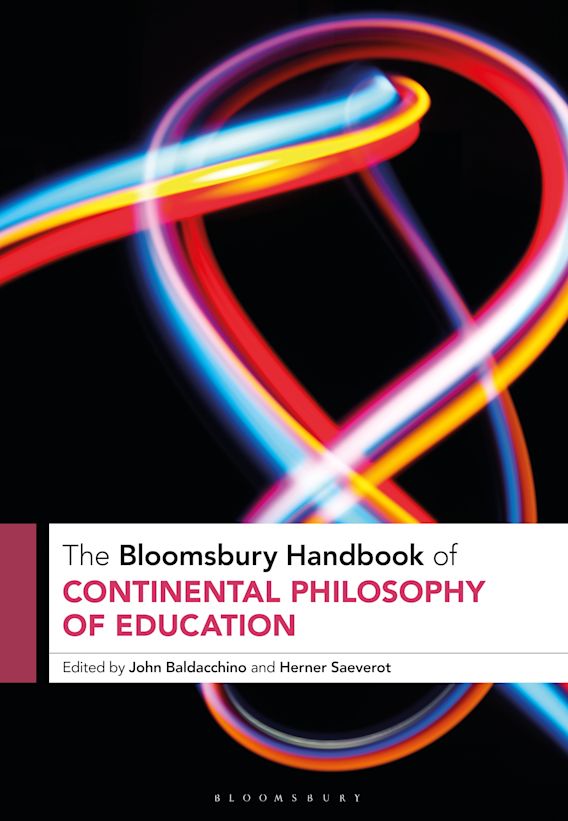
Bibliography:
Bortoft, H. (2012). Taking appearance seriously: The dynamic way of seeing in Goethe and European thought. Floris Books.
Buijs, D. G. A., & Saeverot, H. (2024). Taking Appearance in education seriously: transforming Bortoft’s wisdom to education. In J. Baldacchino & H. Saeverot (Eds.), Bloomsburry Handbook of Continanal Philosophy of Education. Bloomsburry.

